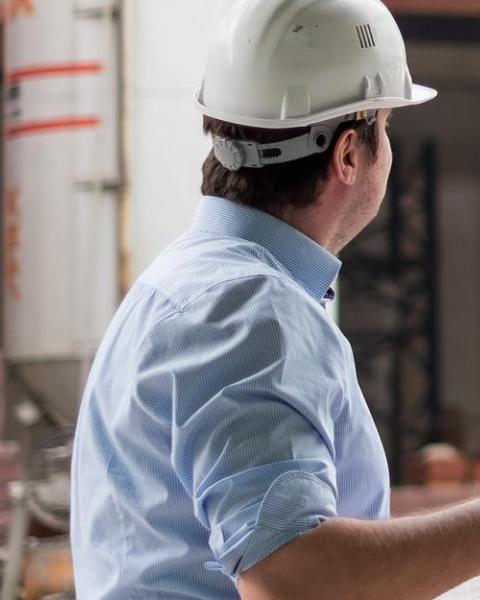Benefits of Gluing Plasterboard
|
Soundproofing Plasterboard helps reduce sound transmission, making it a practical and affordable solution for noise control. 12.5mm sheets dampen noise effectively, however for more demanding needs we recommended thicker, or specialized, soundproofing. Thermal Insulation Plasterboard significantly improves energy efficiency. When used in suspended ceilings, it minimizes heat loss and reduces energy bills. Ceiling installations typically involve mounting drywall on a wooden or metal framework rather than direct gluing. Consult an electrician for proper lighting placement and wiring before installation. Combining plasterboard with thermal insulation materials enhances its effectiveness, offering a cost-efficient solution for maintaining indoor comfort. Faster Renovation Plasterboard installation using PU adhesive foam eliminates the drying/waiting time associated with traditional bonding methods (e.g. Dot & Dab). Soudal plasterboard adhesive foam is workable within 1 hour, enabling work to continue much faster. Making it perfect for time-sensitive projects. Always refer to the technical data sheet to ensure suitability of plasterboard adhesive foam for your application. |
Benefits of Adhesive Foam
|











